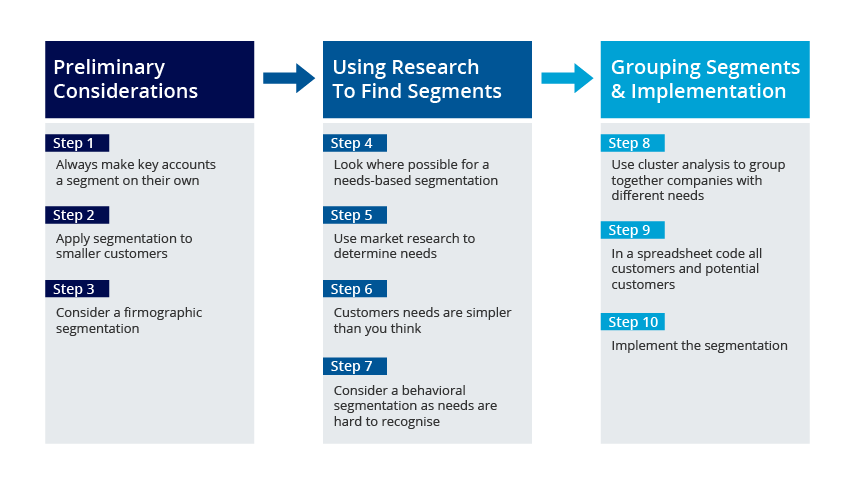Blggzz: Your Daily Dose of Insight
Stay updated with the latest news and informative articles.
Player Segmentation Research: Discovering the Hidden Patterns of Gamers
Unlock the secrets of gamer behavior! Dive into our Player Segmentation Research to uncover the hidden patterns driving the gaming world.
Understanding Player Segmentation: Key Metrics and Methodologies
Understanding player segmentation is crucial for game developers and marketers to tailor their strategies effectively. By categorizing players based on various attributes and behaviors, companies can enhance user experience and engagement. Key metrics for player segmentation include playtime, in-game purchases, and performance levels. For example, high-value players who frequently make purchases can be grouped separately from casual players who primarily enjoy a free-to-play experience. In this way, targeted promotions and personalized content can be delivered to each segment, increasing retention and monetization rates.
There are several methodologies to implement player segmentation successfully. One effective approach is the use of cluster analysis, which groups players based on similarities in their behavior. Another method is behavioral analytics, which focuses on tracking specific actions within the game, such as quest completions and competitive achievements. Additionally, qualitative data from player feedback can provide insights into player motivations and preferences. By integrating these methodologies, developers can create a comprehensive profile of their audience and adjust gameplay mechanics, marketing strategies, and community engagement to suit each segment's unique needs.

Counter-Strike is a highly popular team-based first-person shooter game that has become a staple in the esports community. Players choose to be either terrorists or counter-terrorists, engaging in various objective-based modes. For those looking to enhance their gaming experience, utilizing a roobet promo code can provide exciting bonuses and rewards.
How to Use Player Segmentation to Enhance Game Design
Player segmentation is a critical technique in game design, as it allows developers to categorize players based on their preferences, behaviors, and skill levels. By understanding the different segments, designers can create tailored experiences that resonate with specific player groups. For instance, casual players may appreciate simpler mechanics and engaging narratives, while hardcore gamers often seek complex challenges and intricate game systems. This differentiation not only enhances player satisfaction but also improves retention rates, as players are more likely to engage with a game that feels customized to their style.
To implement player segmentation effectively, developers can utilize a variety of data analysis methods. One approach is to gather data through in-game analytics, surveys, or player feedback, enabling designers to identify common traits within different player groups. Once these segments are established, game features such as difficulty levels, character customization, and reward systems can be adapted accordingly. For instance, segmented rewards can incentivize players uniquely based on their play style, ensuring each group feels valued and engaged. As a result, player segmentation can significantly enrich the overall gaming experience.
What Do Your Gamers Want? Uncovering the Hidden Patterns Through Segmentation
Understanding what your gamers want is crucial for any successful gaming business. By utilizing segmentation techniques, you can unveil hidden patterns that reveal the preferences and behaviors of different gaming demographics. These segments can vary widely based on factors such as age, gaming habits, and engagement levels. For instance, casual gamers may prioritize social interaction and easy accessibility, while hardcore gamers often seek out more challenging experiences and immersive graphics. By identifying these categories, marketers can tailor their strategies to align with the unique desires of each group.
Once you've segmented your audience, the next step is to dive deeper into the data to uncover specific insights. Consider conducting surveys or utilizing analytics tools to gather information about game preferences, in-game spending habits, and community engagement. This can lead to actionable intelligence, such as the preference for digital downloads over physical copies, or the desire for more diverse character options. Armed with these insights, content creators and developers can adjust their offerings to better meet the needs of their gamers, ultimately leading to improved satisfaction and loyalty among your audience.